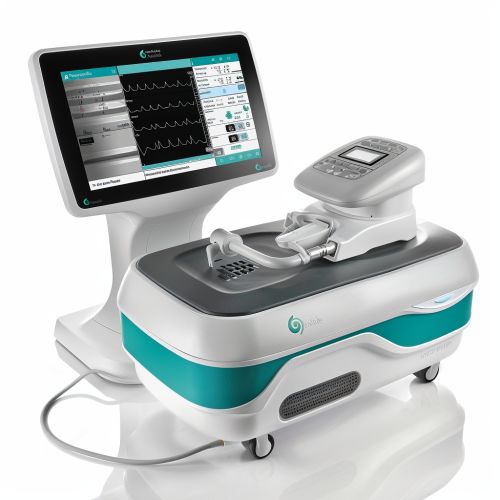Pros and Cons of Ultrasound Imaging
Introduction
Ultrasound imaging, also known as sonography, is a medical imaging technique that uses high-frequency sound waves to visualize the internal structures of the body. It is a non-invasive and safe method of examination that does not use ionizing radiation. This article will delve into the pros and cons of ultrasound imaging, providing a comprehensive and detailed overview of the subject.
Principles of Ultrasound Imaging
Ultrasound imaging is based on the principles of physics and acoustics. When an ultrasound wave encounters a boundary between two different types of tissues, some of the wave is reflected back to the transducer, and some continues on its path. The reflected waves are detected by the transducer and processed by the ultrasound machine to create an image of the internal structures.


Advantages of Ultrasound Imaging
Ultrasound imaging has several advantages that make it a popular choice for many types of medical examinations.
Non-Invasiveness
One of the primary benefits of ultrasound imaging is its non-invasive nature. Unlike other imaging techniques such as CT scans or MRI, ultrasound does not require any incisions or injections, making it a less stressful and more comfortable experience for patients.
Safety
Ultrasound imaging does not use ionizing radiation, which is used in other imaging techniques such as X-rays and CT scans. This makes it a safer option, particularly for patients who require frequent imaging or for vulnerable populations such as pregnant women and children.
Real-Time Imaging
Ultrasound imaging provides real-time imaging, allowing physicians to observe the motion of the body's internal organs and blood flowing through blood vessels. This can be particularly useful in procedures such as echocardiograms, where the movement of the heart and blood flow can be observed in real time.
Cost-Effectiveness
Compared to other imaging techniques, ultrasound is relatively inexpensive. This makes it a cost-effective option for both patients and healthcare providers.
Disadvantages of Ultrasound Imaging
Despite its many advantages, there are also some disadvantages associated with ultrasound imaging.
Limited Field of View
Ultrasound imaging has a limited field of view and is not as effective at imaging deep structures or structures that are obscured by bone or gas. For example, it is not the best choice for imaging the brain or lungs.
Operator Dependence
The quality of the ultrasound image is highly dependent on the skill of the operator. This can lead to variability in image quality and interpretation, which can impact the accuracy of the diagnosis.
Image Quality
While ultrasound imaging can provide detailed images of many structures, it does not provide the same level of detail as other imaging techniques such as CT or MRI. This can limit its usefulness in certain situations.
Conclusion
Ultrasound imaging is a valuable tool in the field of medicine, offering a safe, non-invasive, and cost-effective method for visualizing the internal structures of the body. However, it also has its limitations, including a limited field of view, operator dependence, and lower image quality compared to other imaging techniques. As with any medical procedure, the pros and cons must be weighed to determine the most appropriate imaging technique for each individual patient.
